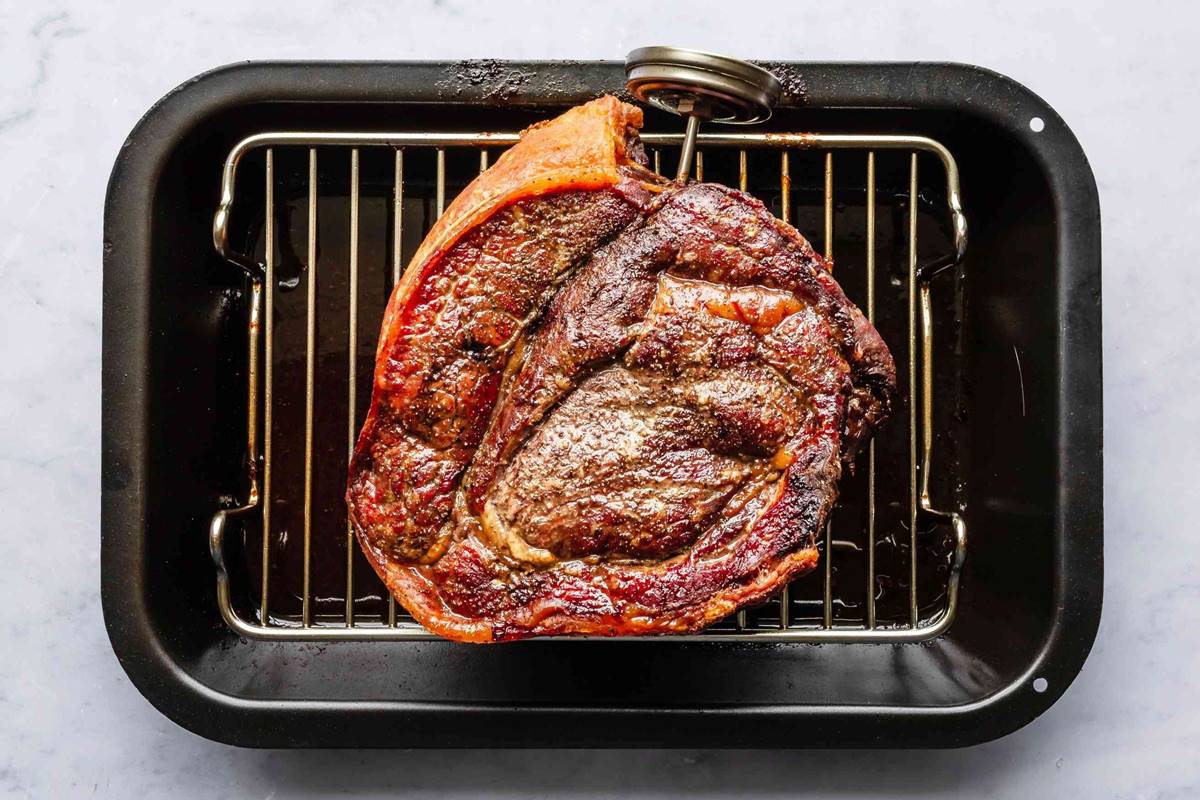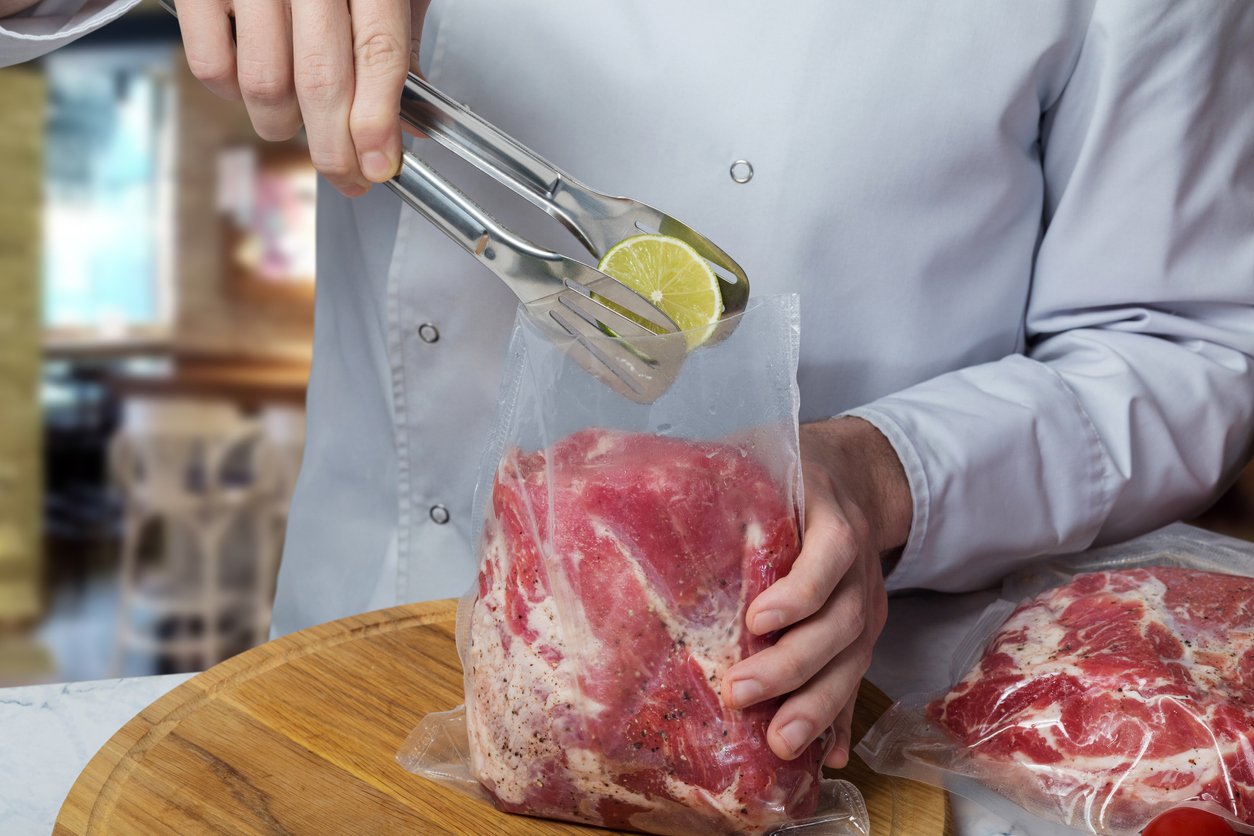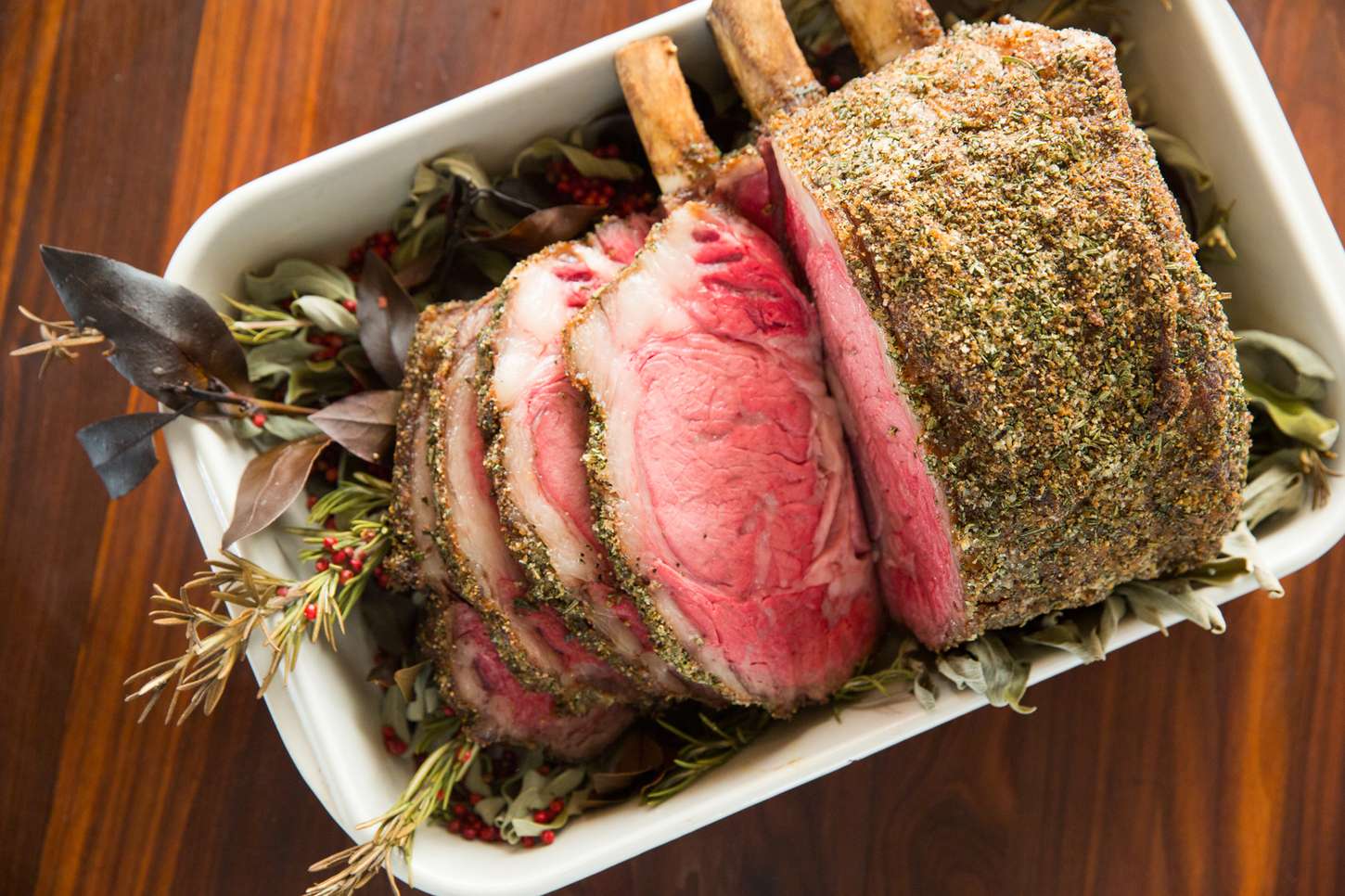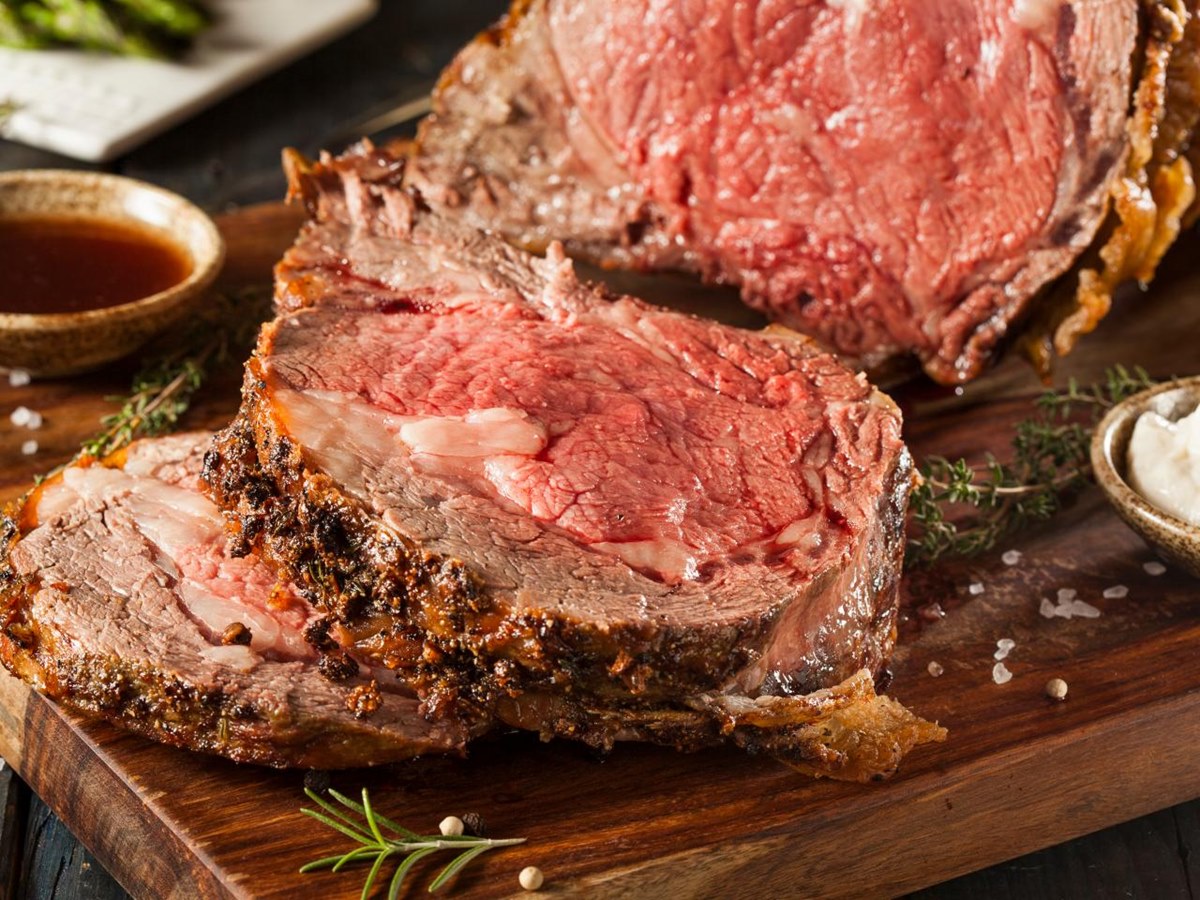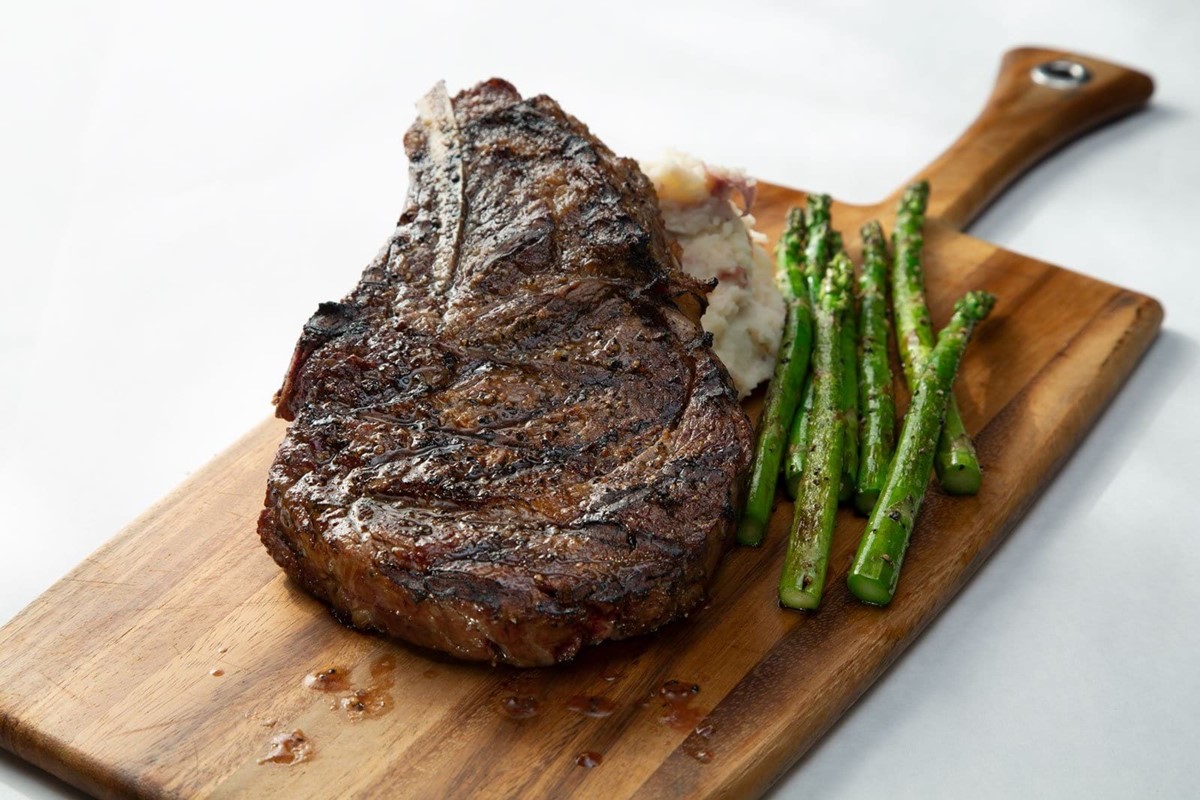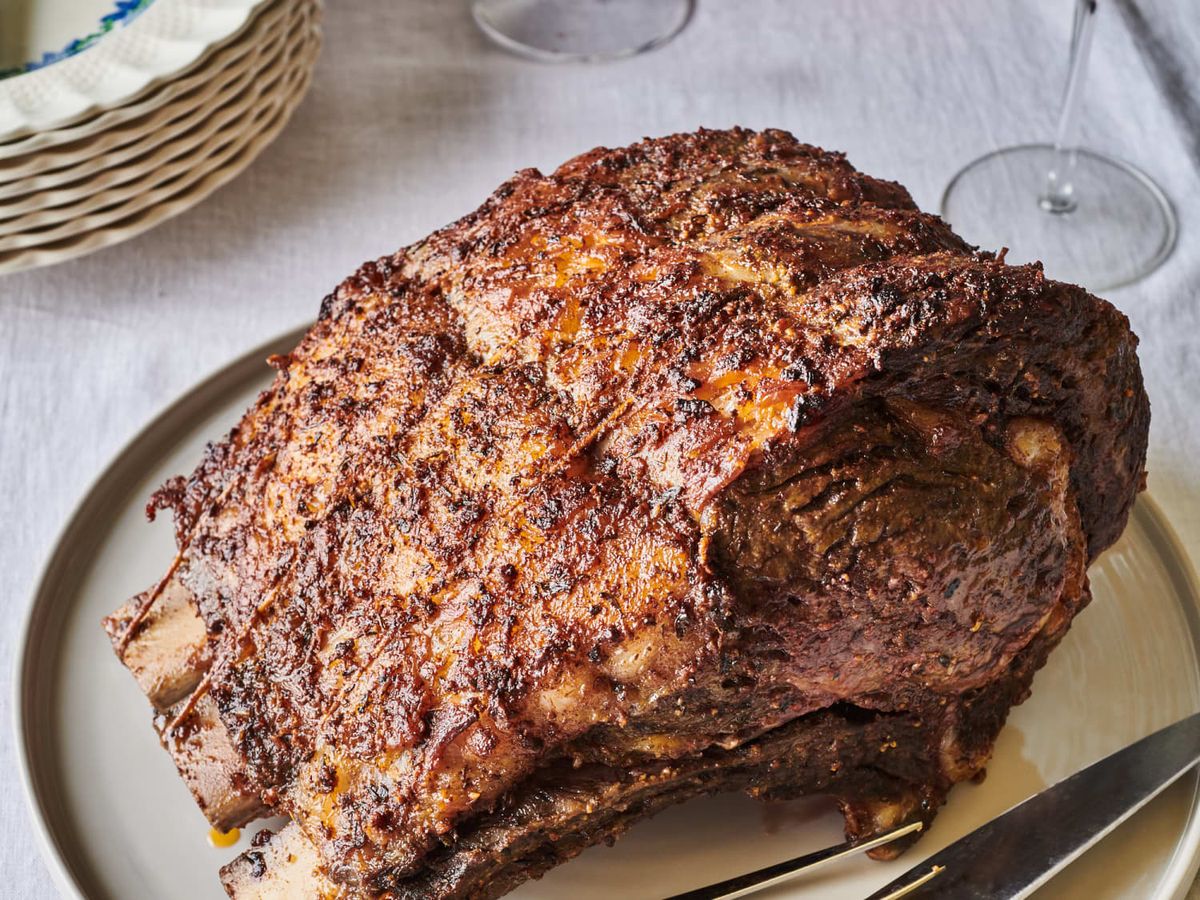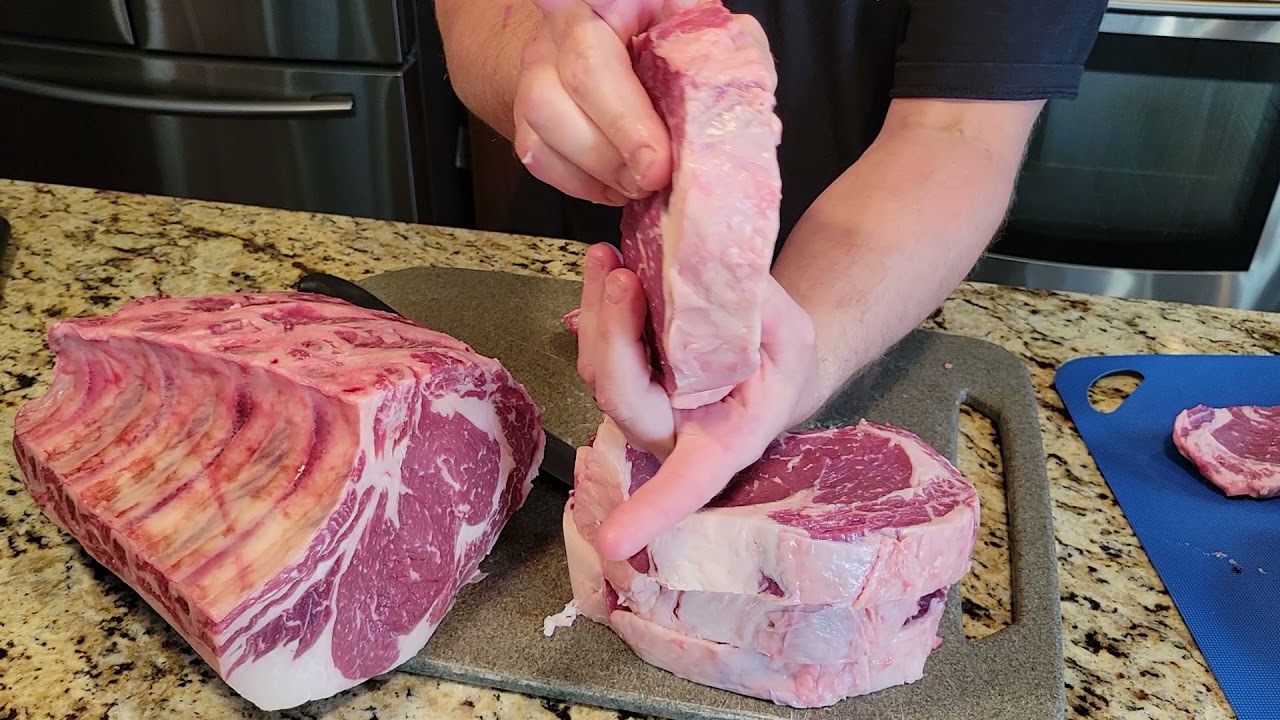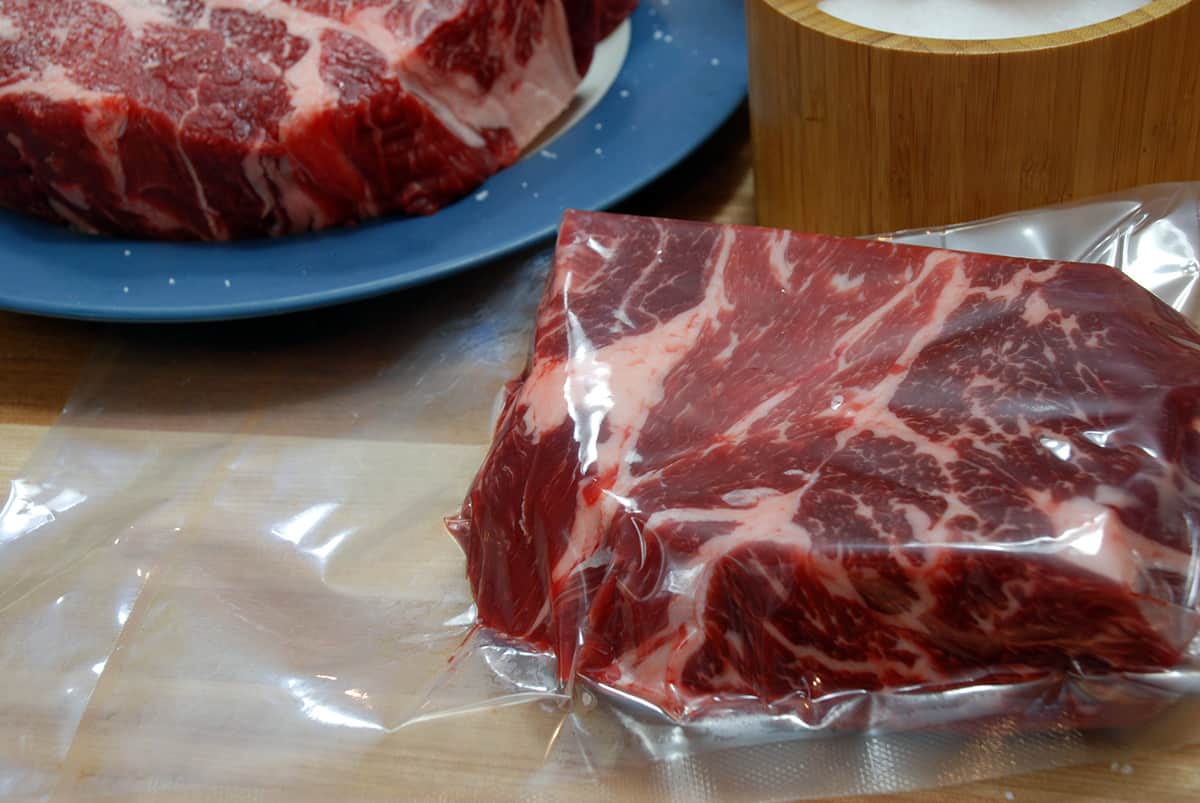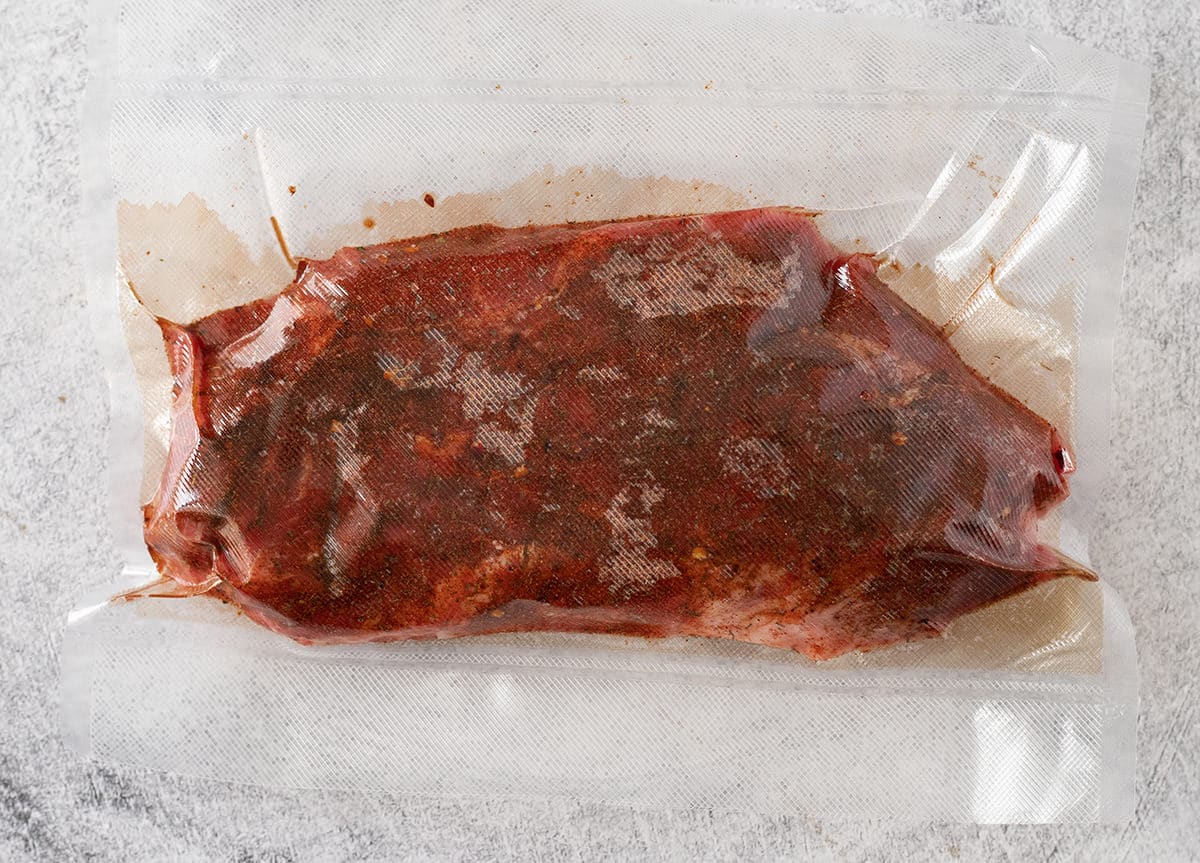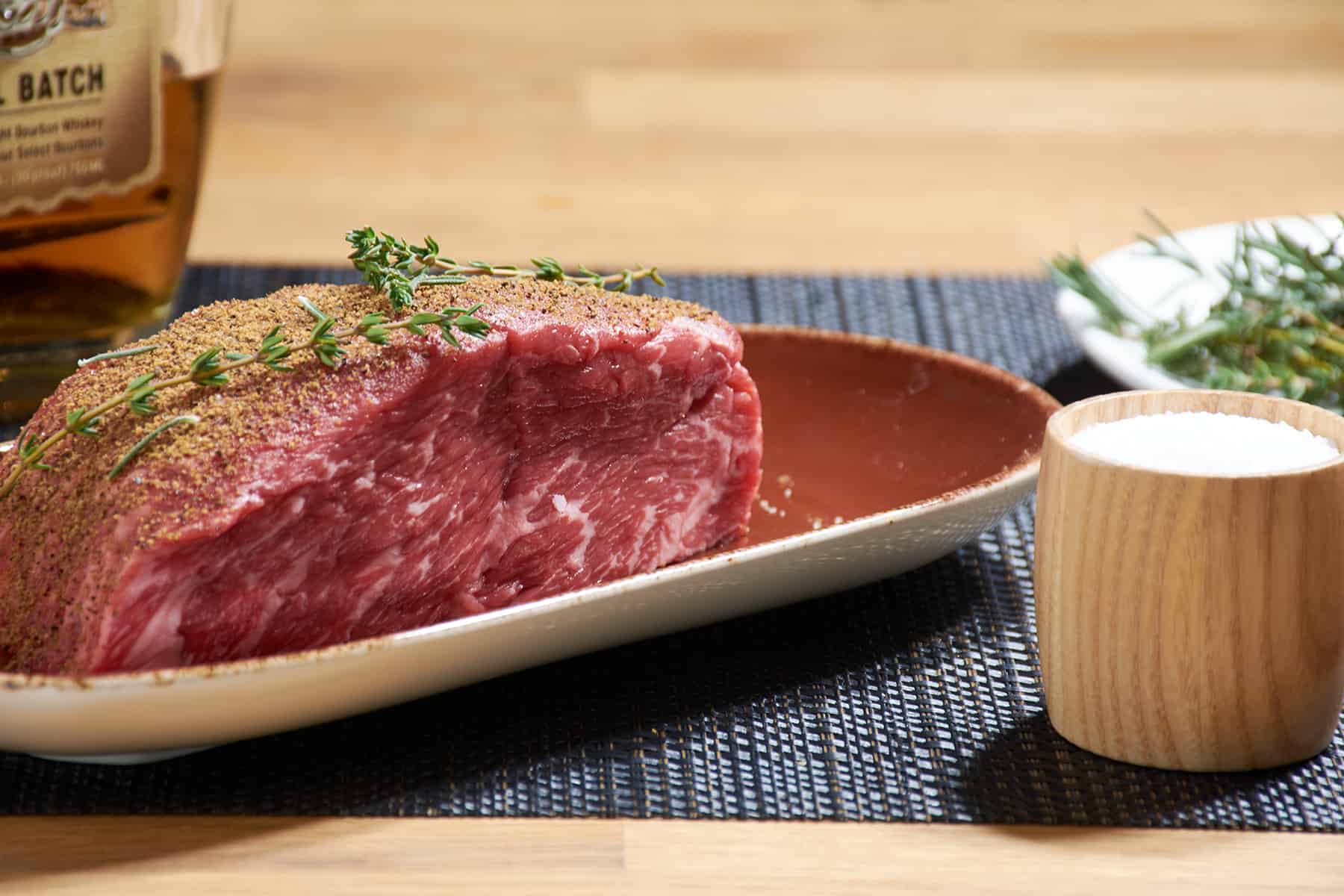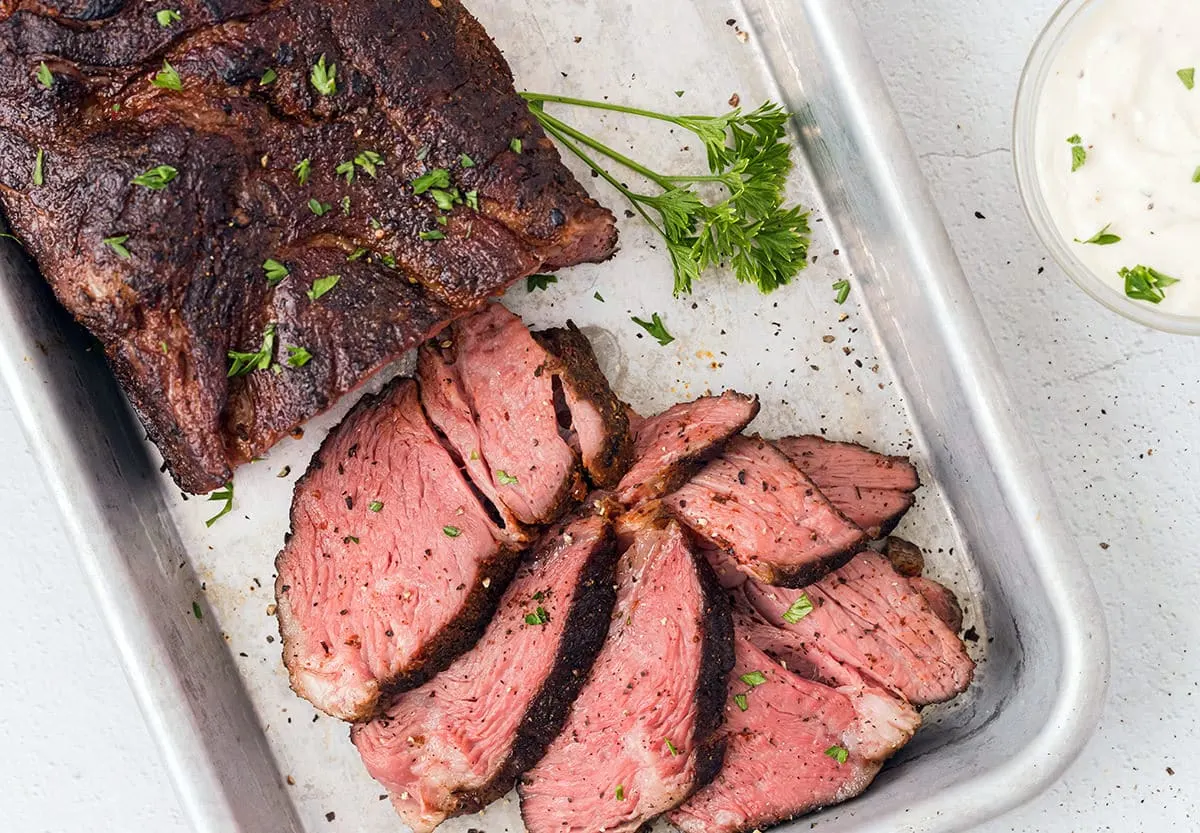Discover the Perfect Way to Sous Vide a Prime Rib Roast
Are you looking to impress your guests with a perfectly cooked prime rib roast? Sous vide cooking is the secret to achieving a tender, juicy, and flavorful prime rib roast every time. In this guide, we’ll walk you through the step-by-step process of sous vide cooking a prime rib roast to perfection.
Step 1: Selecting the Perfect Cut
When it comes to sous vide cooking, choosing the right cut of prime rib is crucial. Look for a well-marbled, bone-in prime rib roast for the best results. The marbling will ensure that the meat stays moist and tender during the cooking process, while the bone will add extra flavor to the roast.
Step 2: Seasoning the Roast
Before placing the prime rib roast in the sous vide bath, it’s important to season it generously. Create a flavorful rub using a combination of salt, pepper, garlic powder, and rosemary. Rub the seasoning all over the roast, ensuring that it is evenly coated.
Step 3: Vacuum Sealing the Roast
Once the prime rib roast is seasoned, it’s time to vacuum seal it. Place the seasoned roast in a vacuum-sealable bag and remove as much air as possible before sealing it. This will ensure that the roast is fully submerged in the sous vide water bath and that the flavors are locked in during the cooking process.
Step 4: Setting the Sous Vide Temperature
For a perfect medium-rare prime rib roast, set your sous vide machine to 134°F (56.5°C). This temperature will allow the roast to cook slowly and evenly, resulting in a tender and juicy interior with a perfectly pink color.
Step 5: Cooking Time
Once the sous vide machine has reached the desired temperature, carefully place the vacuum-sealed prime rib roast in the water bath. Let the roast cook for 6 to 8 hours to achieve the perfect level of tenderness. The long cooking time will break down the connective tissues in the meat, resulting in a melt-in-your-mouth texture.
Step 6: Searing the Roast
After the prime rib roast has finished cooking in the sous vide bath, remove it from the bag and pat it dry with paper towels. Preheat a cast-iron skillet or grill to high heat and sear the roast for 1 to 2 minutes on each side to create a golden-brown crust.
Step 7: Resting and Carving
Once the prime rib roast has been seared, allow it to rest for 10 to 15 minutes before carving. This resting period will allow the juices to redistribute throughout the meat, ensuring a juicy and flavorful result. Carve the roast into thick slices and serve it to your eager guests.
By following these simple steps, you can achieve a perfectly cooked prime rib roast using the sous vide method. The result is a tender, juicy, and flavorful roast that will impress even the most discerning of diners. So, fire up your sous vide machine and get ready to elevate your prime rib roast game!

